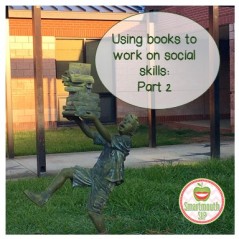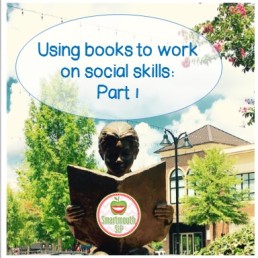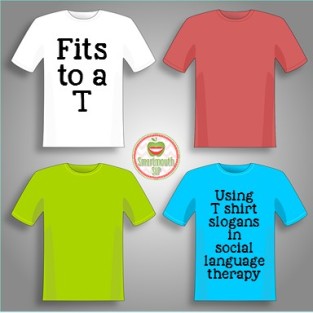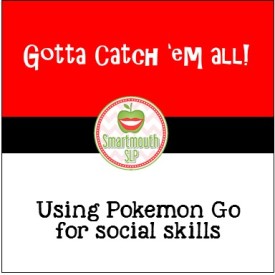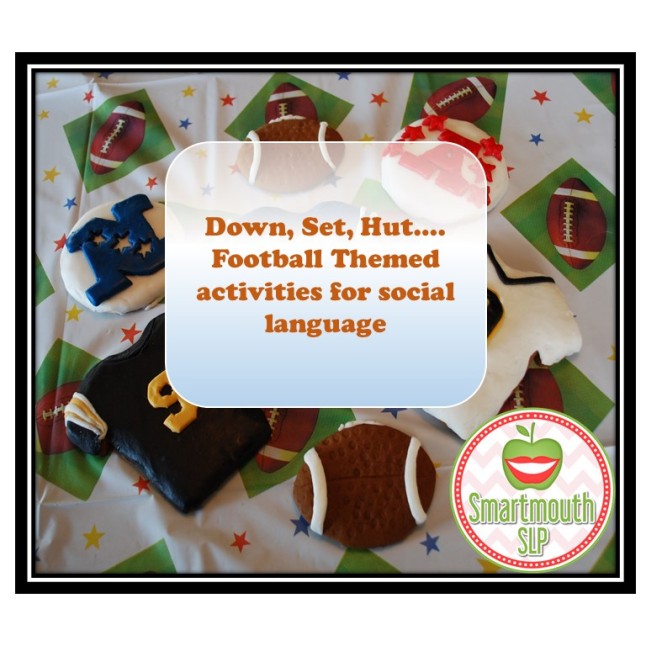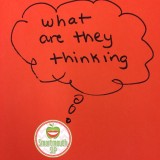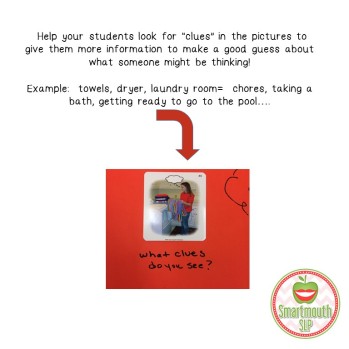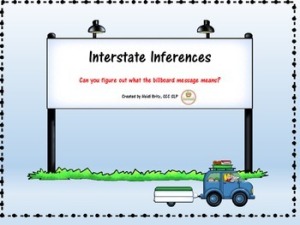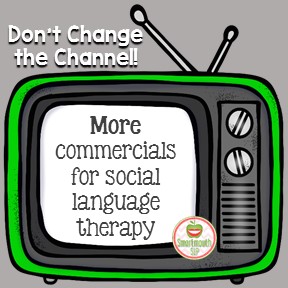
While my team did not win (congrats, Pats fans!), the Super Bowl offered a dazzling and sparkly half time show with Lady Gaga and a few commercial gems I added to my Pinterest social video board. There was a plethora of video game ads and upcoming TV show teasers, but not a lot of memorable commercials for me this year. Anyone else think that the Humpty Dumpty ads were kind of creepy?
I love to use video clips in social language therapy to work on the Social Thinking® concepts of expected/unexpected behaviors, connecting what someone says to what others are thinking or feeling, making predictions/smart guesses and more! Many of my kids can do this with a static picture or social scenario read to them, but in real time, not so much! Social language is fluid and fast, making it hard for my kids to keep up with the processing of language and non-verbal interpretation with their peers. Video clips (keep them short) are a great stepping stone towards real time application of the social competencies you are working on!
I have shared some videos on the blog previously, so you can check them out here if you want to add them to your video repertoire: Doritos in Speech? Score! , That’s Awkward and Puppies, Predictions and Cars . You can use my free football themed social language commercial freebie from my TPT store HERE to analyze the components of each commercial with your kids. You can also create your own lessons with video clips and embedded questions that you create using Playposit (read all about how to use that fabulous free resource)!
Here are a few more that you will want to check out from this year, if you missed them because you left to grab a snack….or cry (I still love you Falcons!):
Skittles at the Window boyfriend
or this trio of Kia videos with Melissa McCarthy:
Any that I might have missed that you loved (or hated)? Share here!

